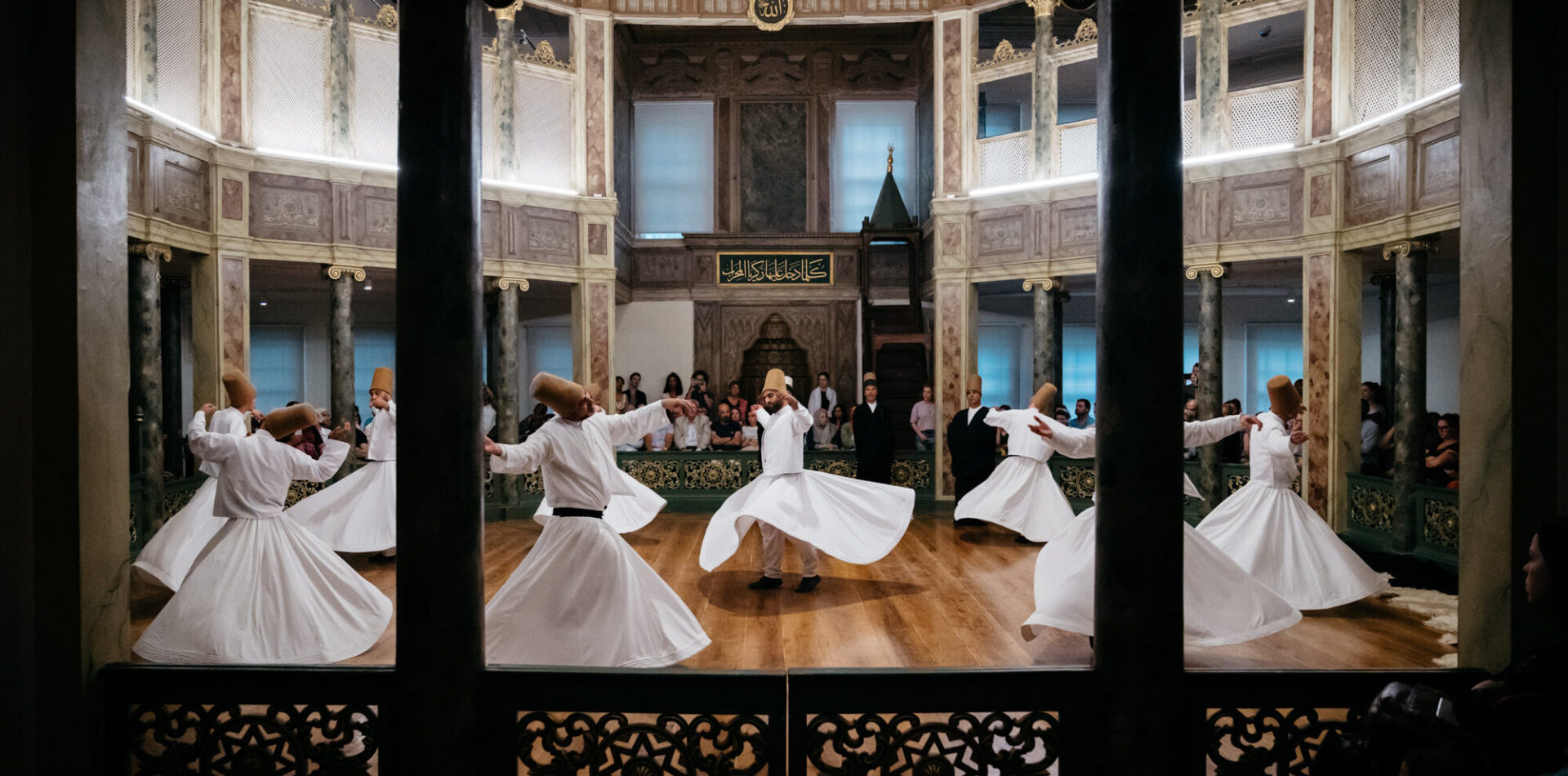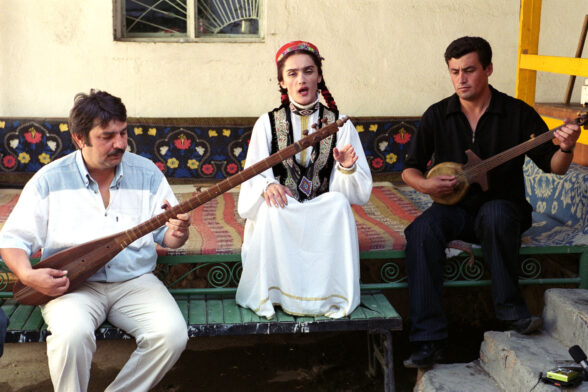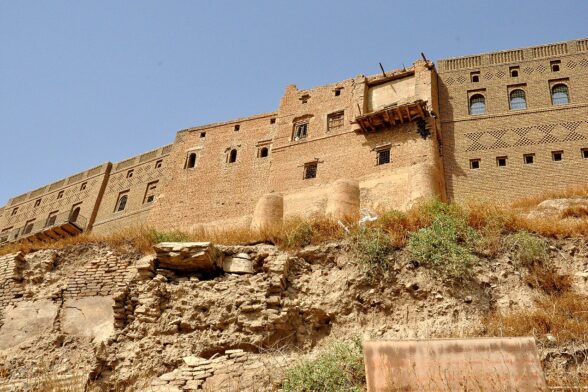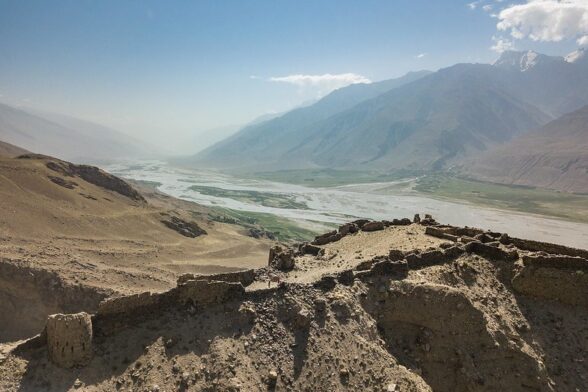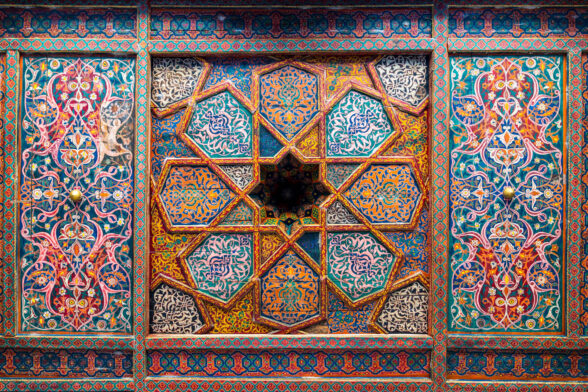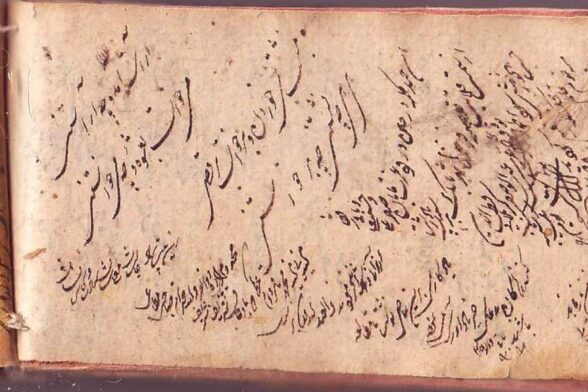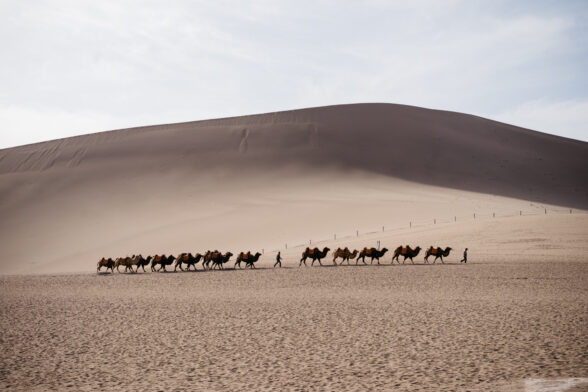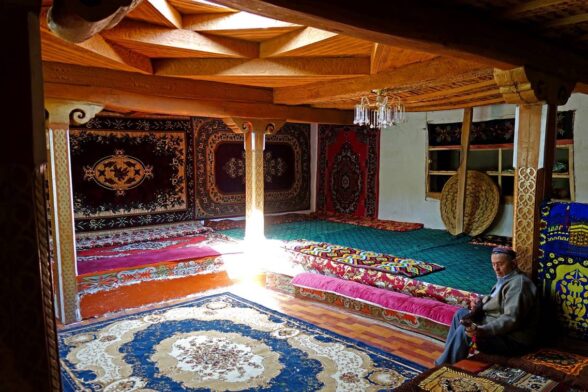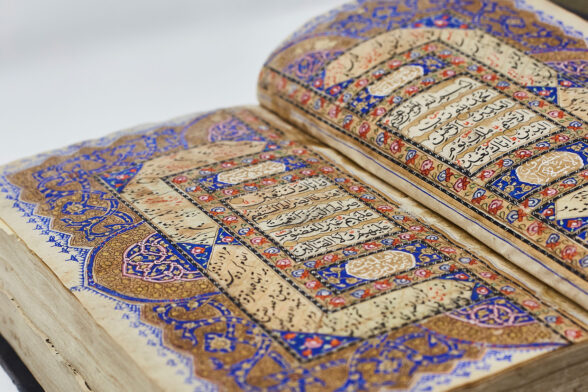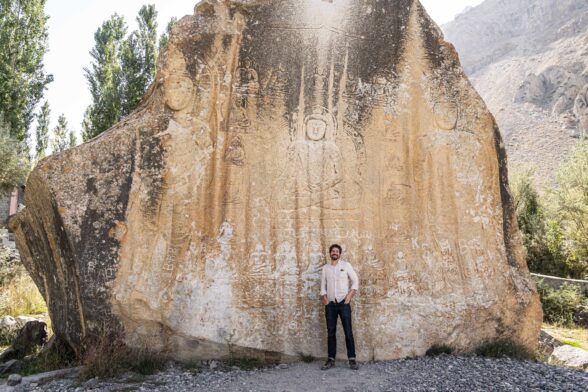
Travelling the Silk Road: from London to Beijing
A conversation with Christopher Wilton-Steer, creator of The Silk Road: A Living History exhibition, about his 40,000km (mostly) overland journey across Eurasia in 2019.
Over a period of four months, Christopher travelled by car, bus, train, ferry, horse and camel from London to Beijing traversing sixteen countries.
